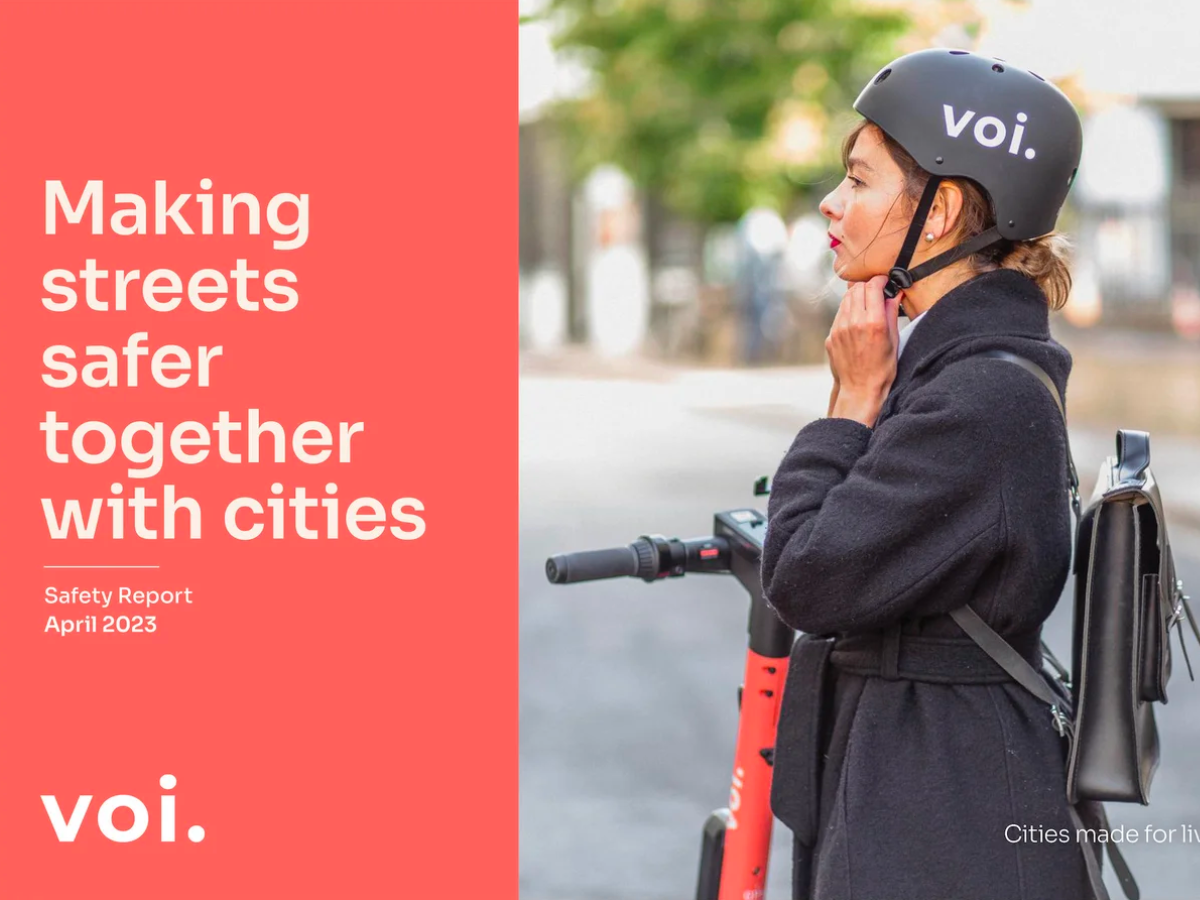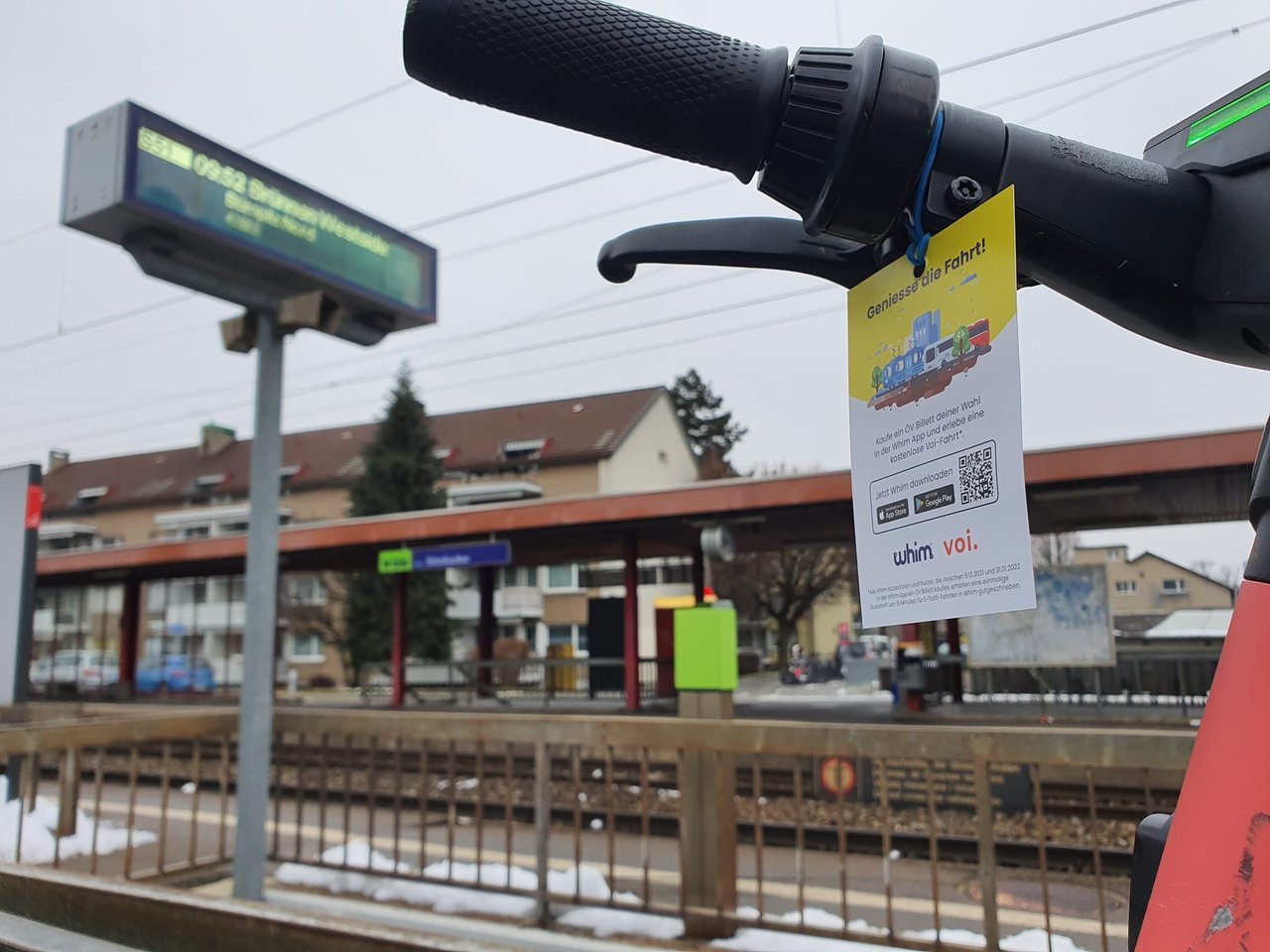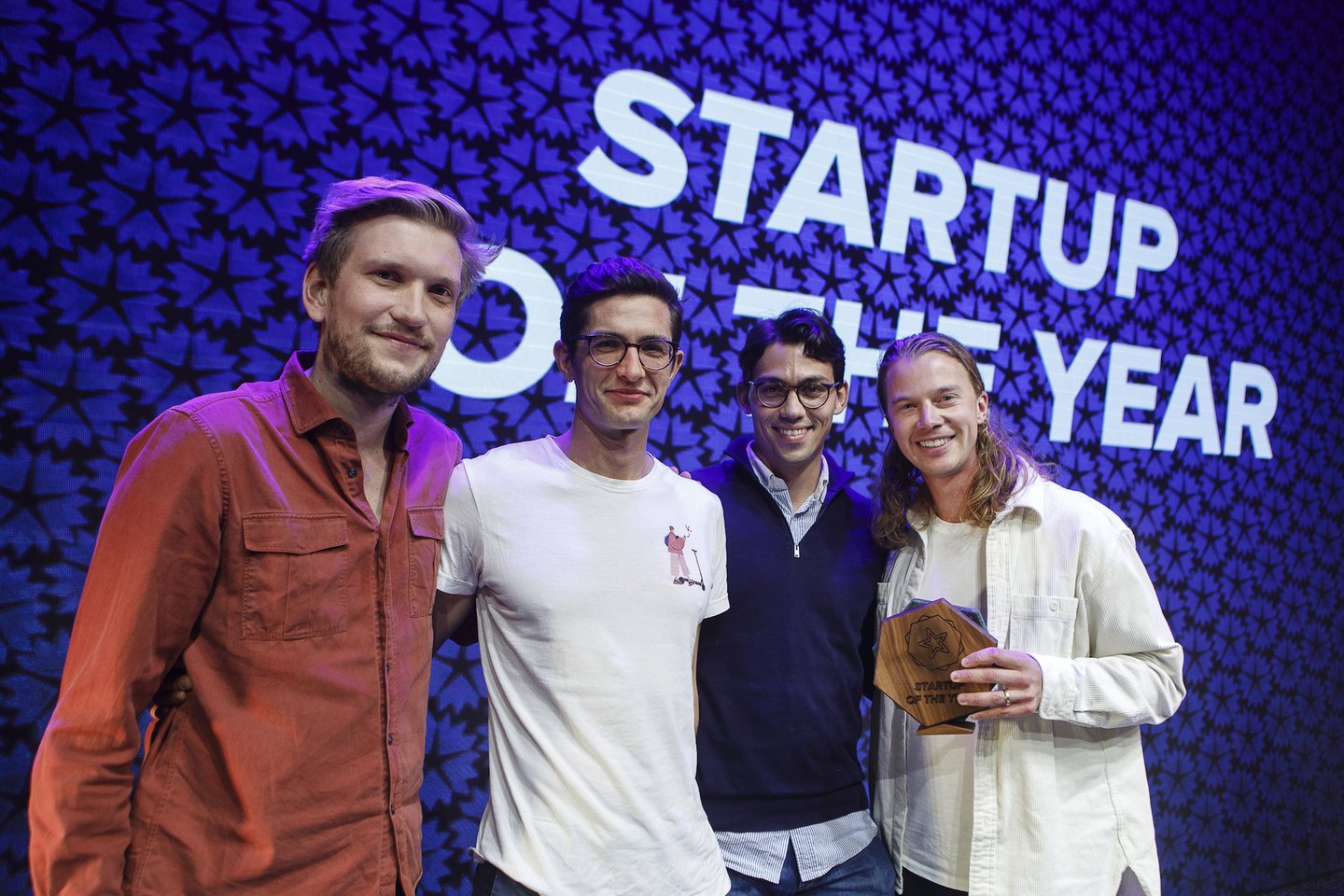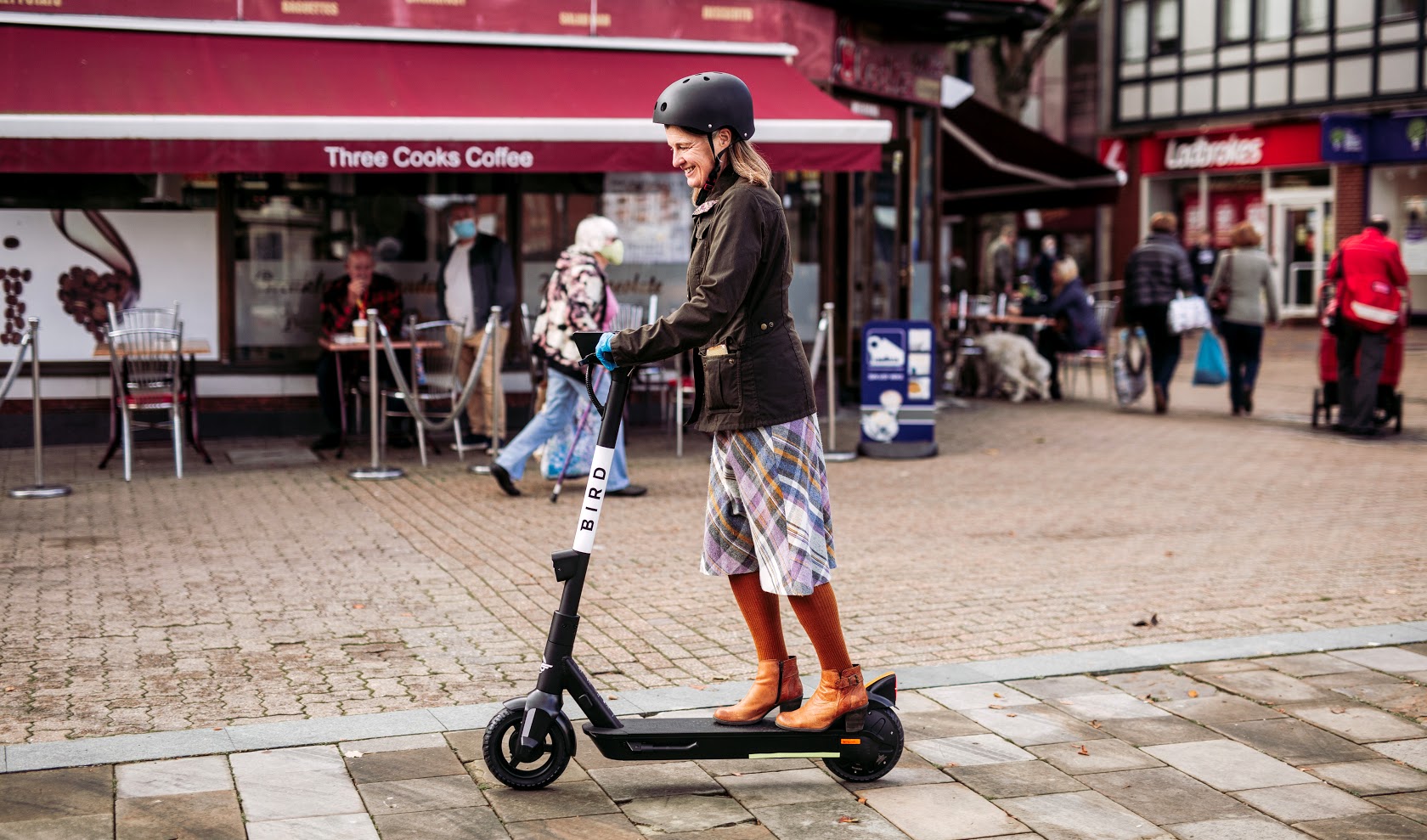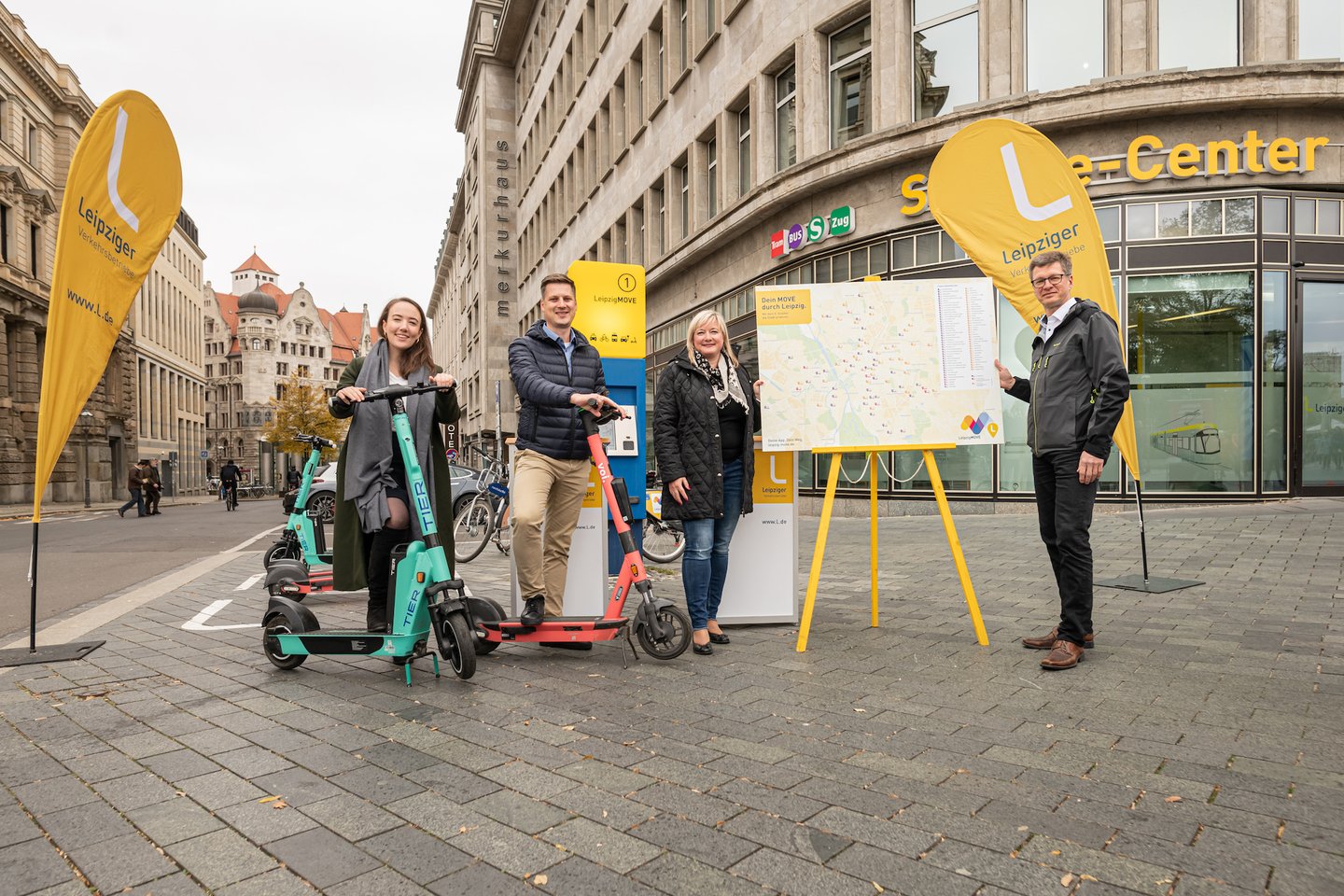Spotlight Berlin: How Voi Scooters Combine with Public Transport
With our third season offering Voi e-scooters in Berlin coming to a close, we want to shed some light on one of the most interesting developments we have seen during these almost three years: intermodality.
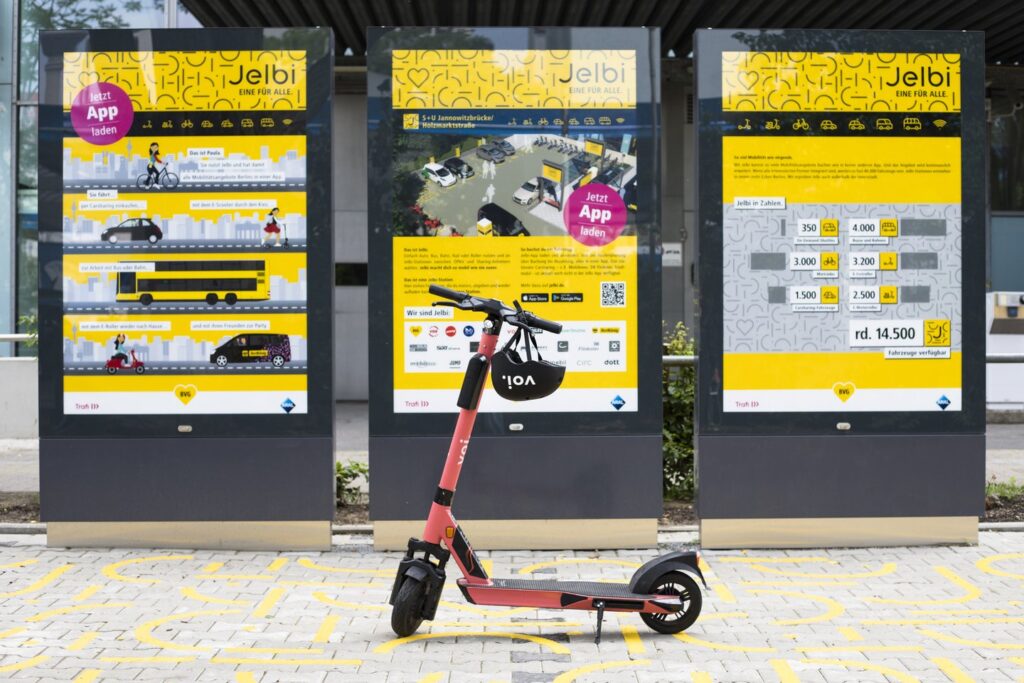
In Berlin, 59% of our rides started or ended less than 200m from public transport stations. Compared with January 2021, this is a significant increase, with 18% more Voi riders scooting to and from other transport hubs. Meanwhile, the average journey taken on a Voi scooter in Berlin has increased to between 1.5 and 2.5km. This is the average walking distance that deters people from using public transport and compels them to own a private car instead. With a scooter, this journey just takes 10 mins.
In order to build upon this connection between e-scooter and public transport usage, we are actively promoting the establishment of mobility hubs in Berlin. This term refers to public transport stations that include shared mobility products such as e-scooters and thus enhancing the accessibility of both services. Mobility hubs can take all different shapes and forms: Bespoke Voi parking racks; and incentivised parking areas.
Voi & Jelbi: Building Mobility Hubs
Since 2020, we have been a proud partner to BVG – Berlin’s municipal public transport authority, which is taking the lead on building mobility hubs throughout the city. By developing the city’s mobility app “Jelbi”, BVG has combined micromobility and public transport, making their vast system even more accessible to everyone. Not only does the Jelbi app allow easy booking of public transport tickets on a smartphone, it includes our e-scooters as well. In total, Jelbi incorporates 40.000 vehicles like shared bikes, cars and e-scooters and is the biggest MaaS platform globally.
In order to encourage people to find last-mile solutions and, therefore, promote intermodality, Jelbi goes one additional step further: at Berlin’s so called “Jelbi Hubs” and “Jelbi Points” they provide parking spots for Voi scooters, bikes and other sharing options, and our fleet teams ensure that there is always a Voi available.
Expansion to Suburban Areas of Berlin
When Jelbi plans a new mobility hub, the primary consideration are commuters. In order to support this initiative we expanded strategically across Berlin and added two suburban areas during 2020 and 2021.
In March 2021, we installed six parking racks at two locations in Spandau, located 18km from Berlin’s city centre. These mobility hubs connect with buses and the subway line U7, which takes commuters directly to the city centre. In September 2021, we added the district of Marzahn-Hellersdorf to our service area. Across the newly launched commuter districts, Voi scooters can now be parked at 13 different Jelbi Hubs and Points. This enables our users to connect with one of the city’s most important commuter routes: subway line U5. To this date we have 42 mobility hubs in Berlin in collaboration with Jelbi, with plans to grow this number significantly in 2022.
Finally, in October 2021 we took a closer look at another group of Berlin’s commuters: students. Berlin is home to Charité, one of Germany’s most renowned medical universities with more than 15,000 employees and 8,000 students. To provide them with a convenient form of transport to go from one lecture to another, mobility hubs were installed at the two most frequented campuses. To educate users in safe riding, Voi organised a safety training to accompany the launch.
Pay for Voi scooters with annual BVG ticket
In November 2021, Jelbi launched another initiative to promote their intermodal offers not only through their app, but to all customers of Berlin’s public transport system: between 22 November and 19 December 2021, first-time users buying an annual BVG pass receive €50 credits for scooting and other shared vehicles. This is the first combined subscription bundle for both shared e-scooters and Berlin’s public transport system, which bodes well for many more pioneering intermodality initiatives in the future.
This article was originally published by Voi Technology.







